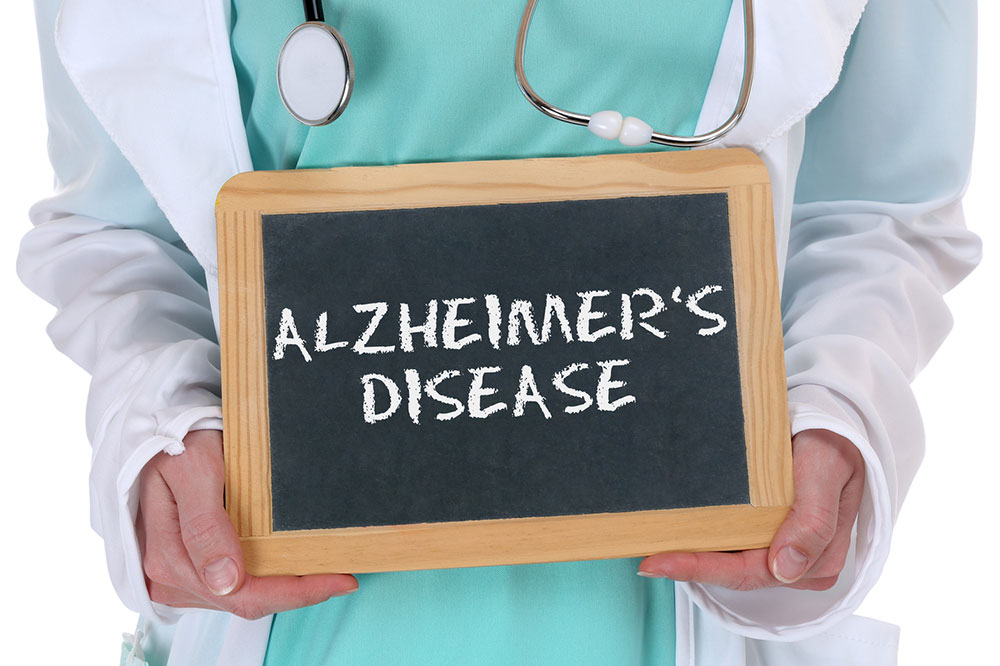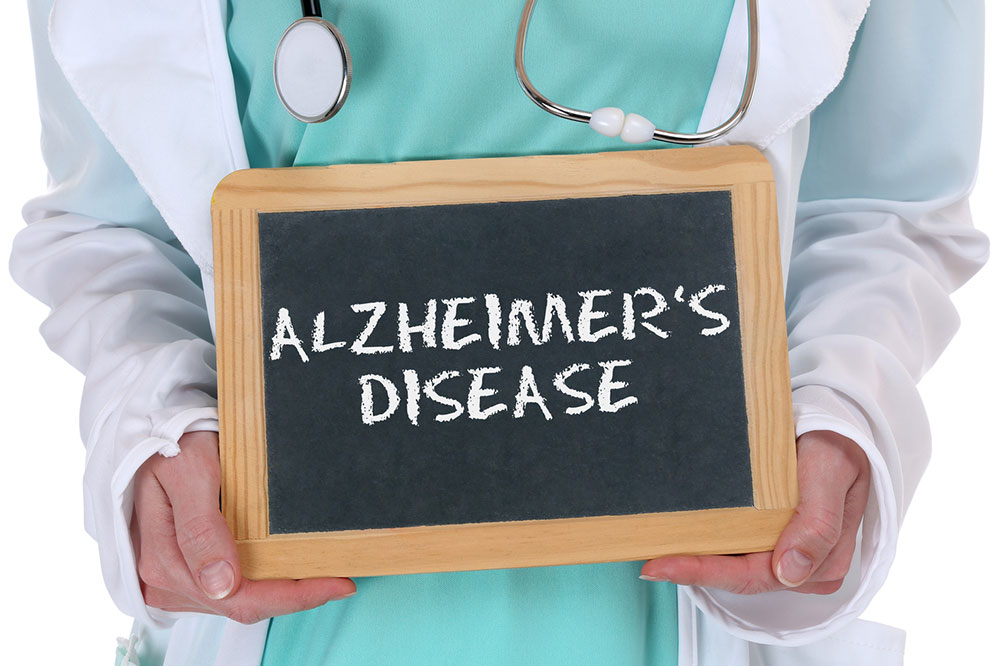Comprehensive Guide to Identifying the Early and Advanced Signs of Alzheimer’s Disease
This comprehensive article explores the early and late-stage signs of Alzheimer’s disease, emphasizing the importance of early diagnosis. It discusses cognitive, behavioral, and physical symptoms, along with insights into disease progression. Recognizing these signs early can improve management and quality of life, making this guide essential for caregivers, families, and healthcare professionals. The article also highlights the significance of timely intervention and ongoing research efforts to find effective treatments for Alzheimer’s.

Comprehensive Guide to Identifying the Early and Advanced Signs of Alzheimer’s Disease
Alzheimer’s disease is a complex neurological disorder characterized by progressive deterioration of brain cells, which directly impacts a person's memory, cognitive abilities, and behavioral functions. Understanding the early warning signs and more advanced symptoms of Alzheimer’s is essential for early intervention, better management, and improving the quality of life for those affected. This extensive guide aims to provide detailed information about the various stages of Alzheimer’s, their clinical manifestations, and the importance of timely diagnosis.
Understanding Alzheimer’s Disease
Alzheimer’s disease primarily affects older adults and is the most common cause of dementia globally. It is a progressive neurodegenerative disorder, meaning symptoms intensify over time. Currently, there is no cure, and the disease’s exact cause remains unknown, but genetics, lifestyle, and environmental factors are believed to play roles. Early detection and intervention can help delay progression and provide crucial support for patients and their families.
Recognizing the Symptoms of Alzheimer’s Disease
The symptoms of Alzheimer’s manifest differently among individuals, but certain core signs are universally observed. These symptoms reflect the degeneration of neural pathways responsible for memory, reasoning, language, and behavior. Noticing these signs early can lead to prompt medical assessments, which are vital for diagnosis and management.
Memory Loss: One of the earliest and most noticeable symptoms is persistent memory impairment. Affected individuals often forget recent conversations or events, misplace everyday objects, and struggle to recall familiar routes or routines. Short-term memory is particularly vulnerable, although long-term memory may eventually be affected as the disease progresses. This memory loss often leads to frustration and anxiety for both patients and families.
Language and Speech Difficulties: Patients may find it hard to recall words during conversations, leading to pauses or substitutions. They might forget names of familiar people or objects, and their ability to maintain coherent dialogue diminishes over time. This language impairment can significantly hinder communication, causing social withdrawal.
Behavioral and Emotional Changes: Mood swings, including depression, anxiety, irritability, and paranoia, are common. Some individuals may develop suspiciousness or persistent feelings of fear without an apparent cause. These emotional shifts can complicate caregiving and require psychological support.
Judgment and Decision-Making Challenges: Poor judgment is a hallmark of cognitive decline. Patients may make inappropriate decisions, neglect personal hygiene, or engage in risky behaviors. Social inappropriateness and suspicion toward others can lead to withdrawal from social activities and strained relationships.
Loss of Interest and Apathy: A decreased interest in hobbies, social interactions, and family events marks another symptom. Apathy and feelings of embarrassment or shame often replace previous enthusiasm, which can deepen social isolation.
Other clinical features include vision difficulties that are unrelated to normal aging, impairments in motor coordination, agitation, irritability, and decreased appetite. Recognizing these signs early is essential for timely intervention.
Progressing to Advanced Alzheimer’s Symptoms
As Alzheimer’s advances, the cognitive and physical challenges become more severe, affecting a person's ability to perform basic daily activities and maintain independence. Typical late-stage symptoms include:
Loss of bladder and bowel control (incontinence)
Severe paranoia, hallucinations, and delusions
Unintentional and significant weight loss
Presence of seizures in some cases
Difficulty swallowing, increasing risk for aspiration pneumonia
Profound communication difficulties, often leading to complete non-verbal interactions
Worsening confusion, disorientation, and inability to recognize loved ones
Infections such as skin infections or pneumonia due to compromised mobility or consciousness
Extreme fluctuations in emotions, including unprovoked crying or agitation
Impaired mobility, increasing dependence on caregivers
Early diagnosis not only aids in planning and care but also provides patients access to supportive therapies that can alleviate some symptoms and slow decline. Family education and professional care strategies are pivotal in managing advanced stages.
In conclusion, Alzheimer’s disease is a progressive condition with a broad spectrum of symptoms that evolve over time. Recognizing early signs allows for timely diagnosis and intervention, which can significantly impact patient outcomes and easing the burden on families. Continuous research and emerging therapies promise hope for future breakthroughs in combating this devastating disease.





